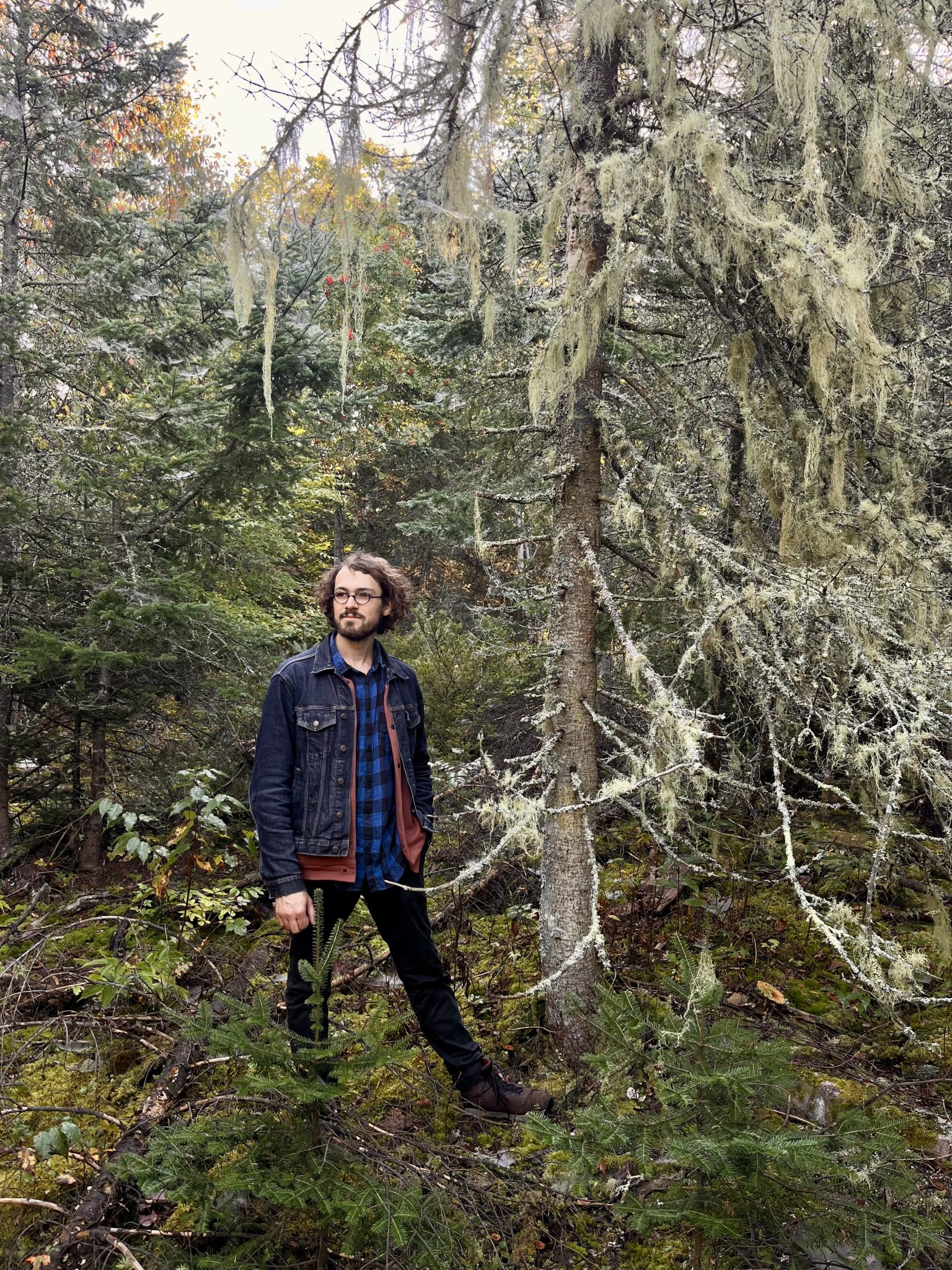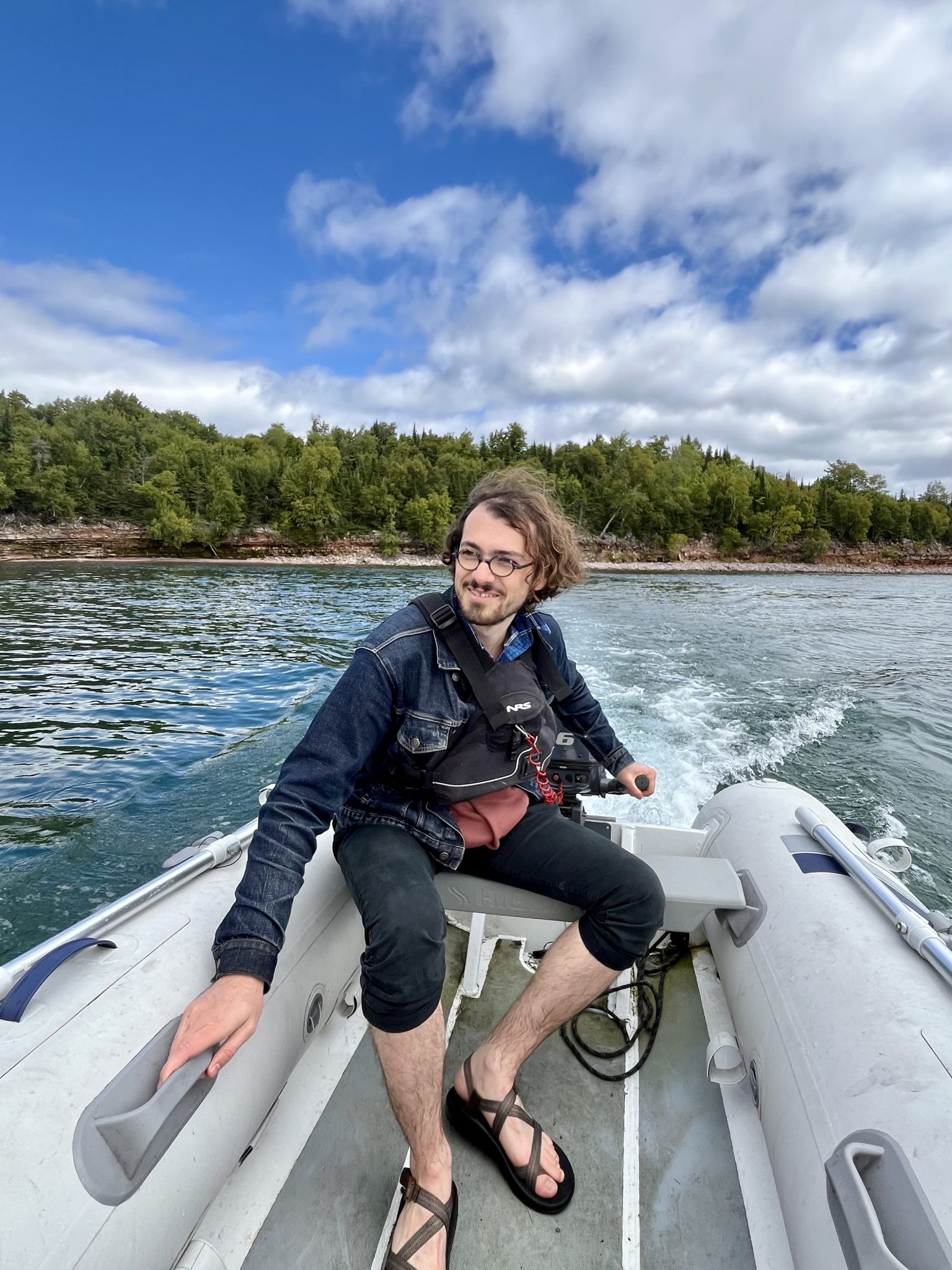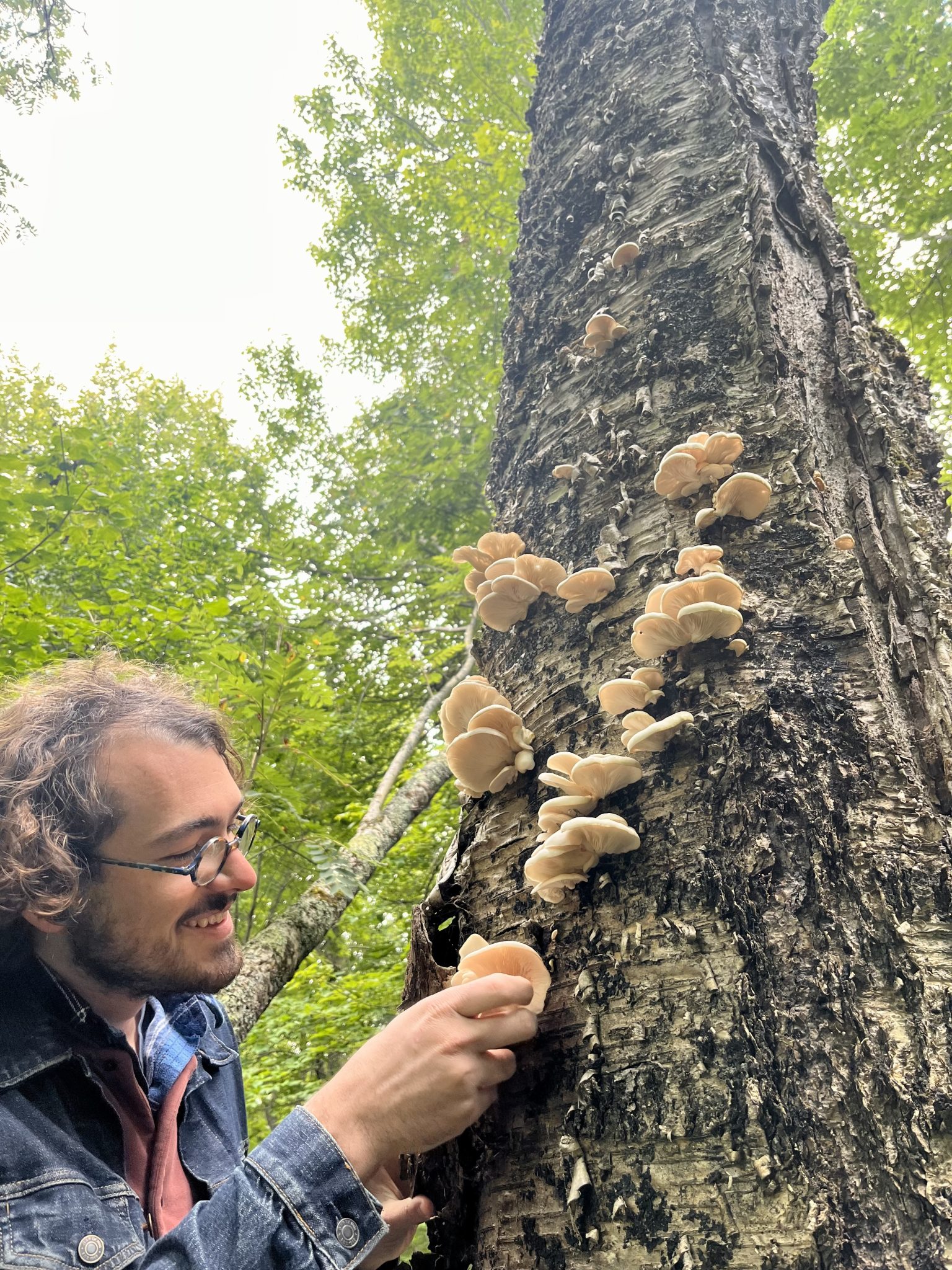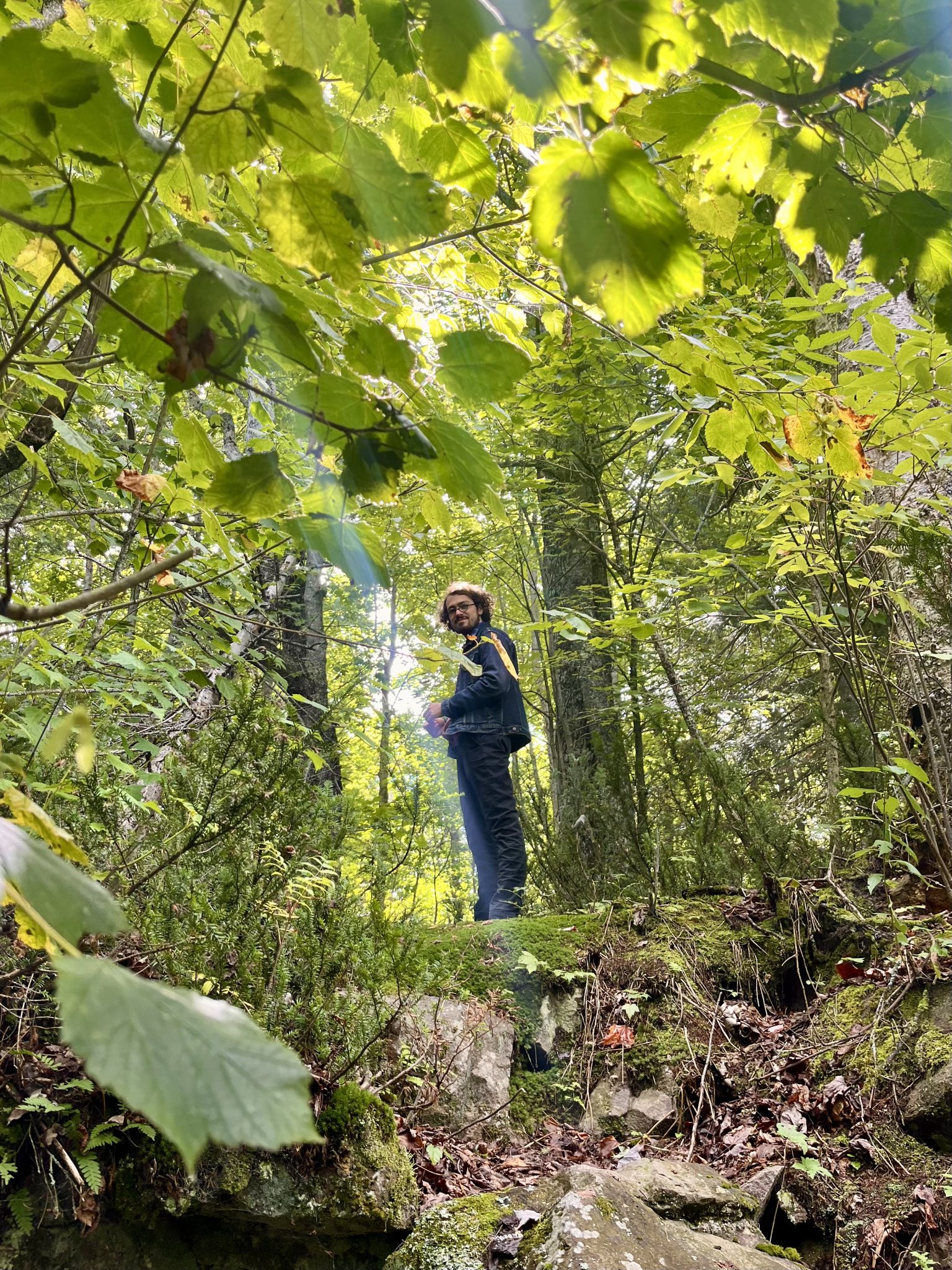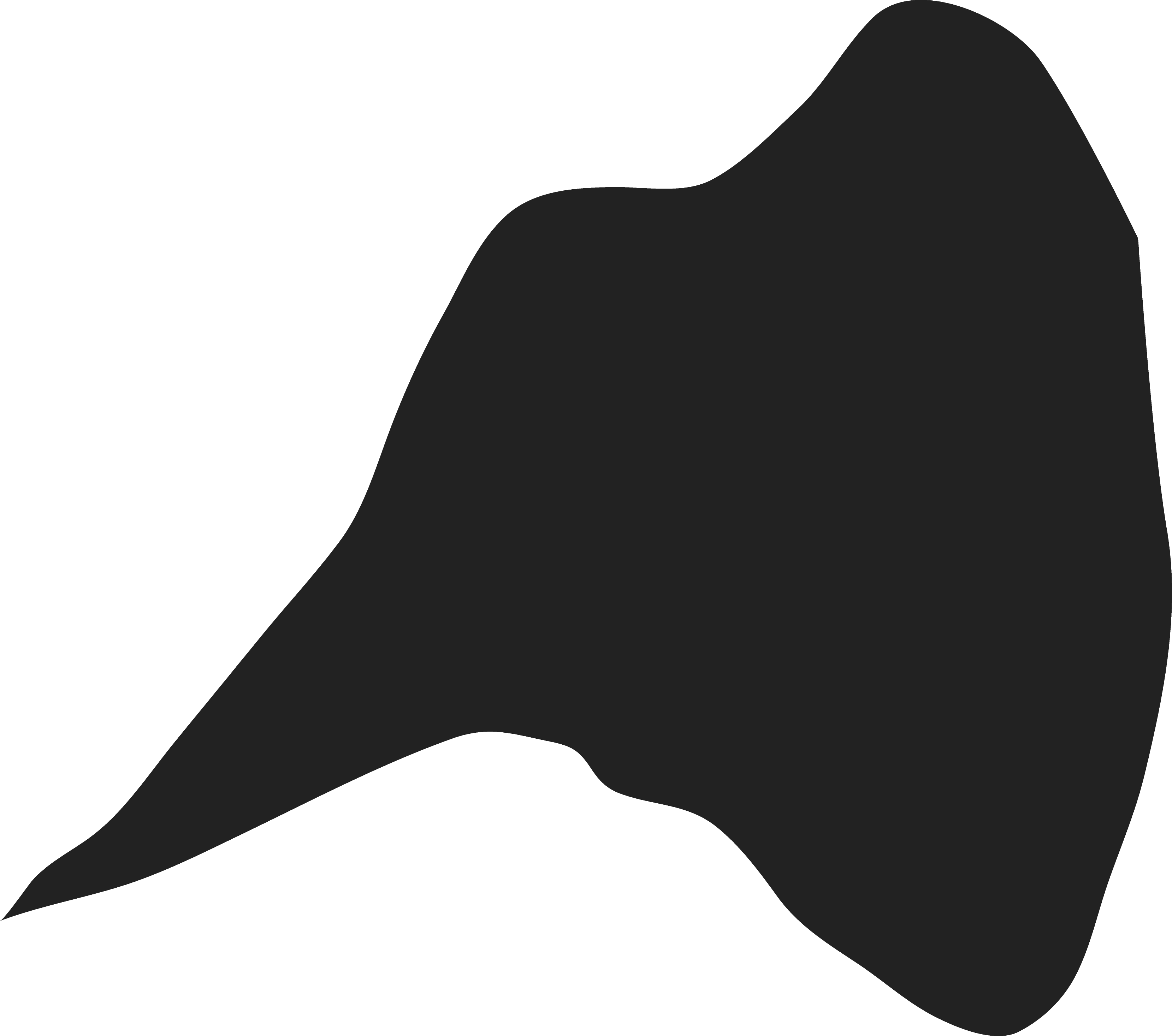While my artistic identity is multifaceted, at the heart of my work lies a deep concern for the natural world and a commitment to using music to promote positive change in the ecological realm. In my music I often try to capture small, fleeting moments of natural beauty that, to me, take on outsized significance, both for their own sake and for nature’s vulnerability in the face of anthropogenic environmental threats such as climate change. I view my portrayal of these moments as an attempt at a kind of consciousness-raising, as a framing device meant to focus the listener’s attention on the importance of things taken for granted. Things as simple as the interplay of light over a lake, or the lonely singing of dawn’s first birds, or the course of an endangered river, or the torrential rain over a barren landscape — all of these are precious, and my portrayal of them is often suffused with a quiet grief for the vanishing of a world rapidly slipping away. Through this portrayal I hope to gently refocus people’s attention towards our slow-motion ecological catastrophe, to stir them to the realization of the preciousness of these moments, to the realization that a world composed of them deserves to be protected. By calling attention to these taken-for-granted things, the things we stand to lose, I hope my art can make some small contribution to a sustainable future.
According to the Audubon Society, bird populations of the Great Lakes region are particularly vulnerable to climate change, which is why I want to immerse myself in their sonic world during the Rabbit Island residency. Drawing from the island’s soundscape—composed of both birdsong and other natural elements—I will compose a piece that serves as a portrait of this particular place and moment in time, thereby preserving an artistic record of what may turn out to be, due to human mismanagement of the Earth, an evanescent phenomenon.
First, I will take recordings of the environment itself during the residency; second, I will compose music primarily for woodwind instruments in response to this environment. These two types of material would then be overlayed and interlaced. I will write material that reacts to bird calls without merely copying them, by using their underlying musical logic to invent new music, and by translating avian behaviors such as flocking or murmurations into musical gestures. In addition, I would unravel the temporal rigidity of traditional rhythmic relationships in notated music by employing aleatoric elements, bringing the composed material closer to sound textures found in nature.
But the most important element of the piece would be the way in which it treats the natural environment as a co-equal collaborative partner. Questions of both form and content won’t always be settled by the grand design of a composer but by natural occurrences during the time of the residency. To me, this relinquishing of artistic choice raises important questions of agency and control, highlighting the ways in which humanity is dependent on the conditions of the natural world, and how our own decisions are contingent upon particular kinds of relationships with the biosphere.
